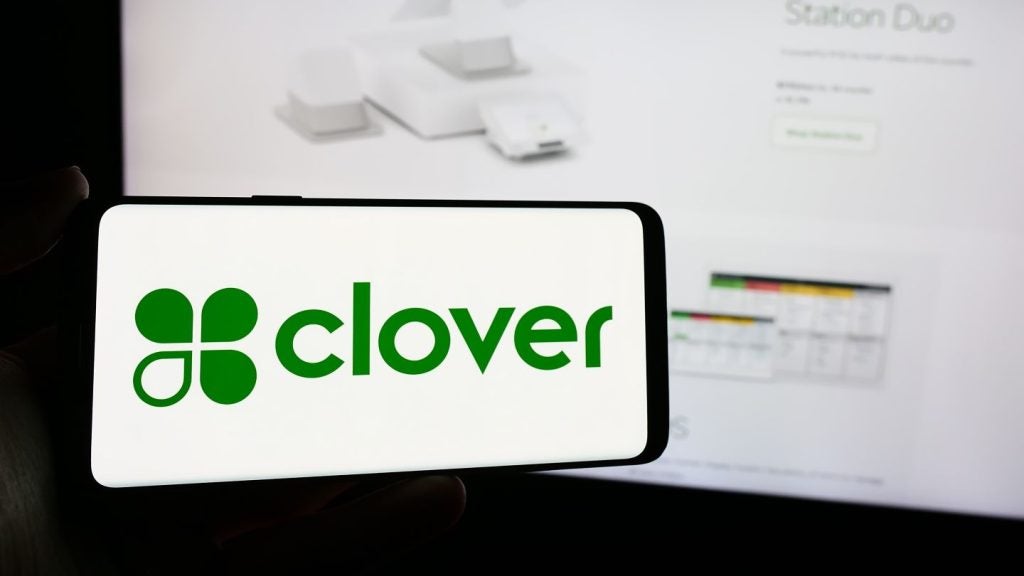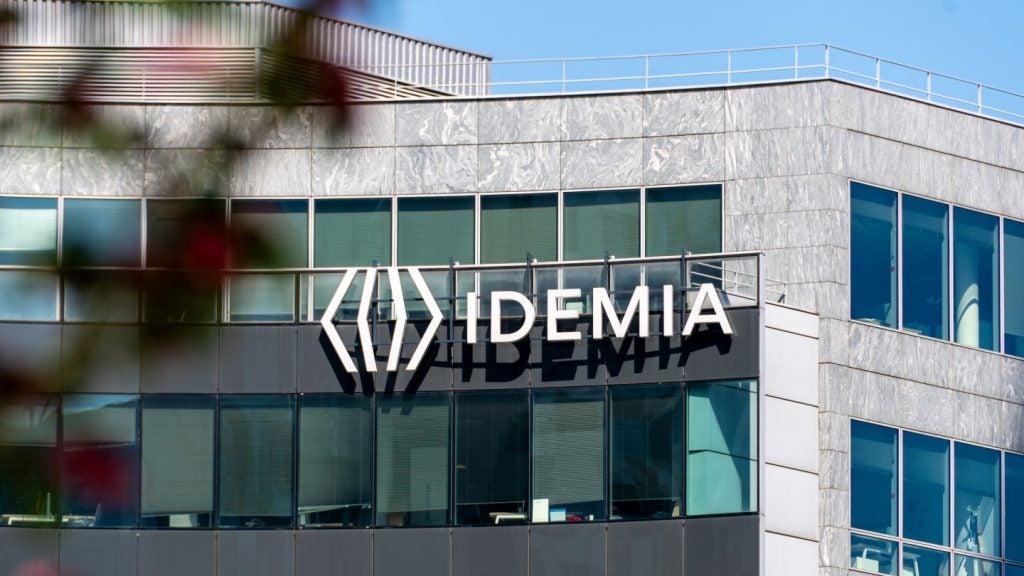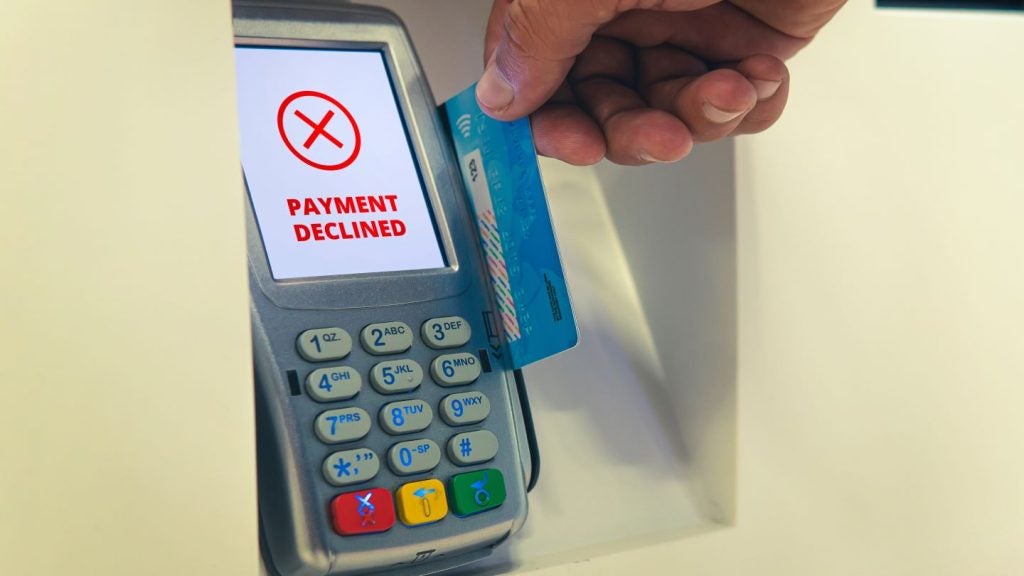Tenpay and Alipay are fast approaching a combined one billion users, but what of the other notable alternative payment solutions, and which smaller players might be ones to watch? Douglas Blakey reports
Understandably, with 520 million and 400 million users respectively, Alipay and Tenpay are the poster children for the alternative payments solutions sector.
One of the most regularly repeated stats in banking these days is that between them, Tenpay and Alipay control 90% of the $5.5trn spent by Chinese consumers on mobile payment platforms.
While Tenpay and Alipay have been dominating the headlines, they are not alone in attracting large customer numbers. Paytm is the leading alternative payment solution in India. In 2014, the company launched the Paytm Wallet, which can now be used for both online and in-store payments. Funds can be loaded onto the wallet via online banking, debit cards and credit cards.
The wallet, which was initially used only on Paytm’s own online marketplace for e-commerce and bill payments, is now widely accepted at a number of other online merchant websites and apps.
Paytm dominates the Indian mobile wallet market and accounted for 9.9% of the total e-commerce transaction value in 2017, according to GlobalData’s 2017 Consumer Payments Insight Survey.
In addition to online payments, Paytm is now used for day-to-day offline transactions and is accepted at all merchant types, from local grocery stores and street vendors to large retail brands.
PayPal
While the US remains PayPal’s largest market, accounting for a revenue share of 54.1% in 2017, PayPal’s reach is now up to 227 million active users in more than 200 countries.
The PayPal platform, which includes Braintree, Venmo and Xoom, allows consumers and merchants to receive funds in more than 100 currencies, and supports withdrawals in 56.
Skrill
European-headquartered peer Skrill allows users to store payment details in the Skrill digital wallet, which they can use to pay for online purchases.
Skrill allows merchants to accept payments from more than 20 local payment methods. It is supported by all major card schemes, as well as by 80 banks globally.
Skrill also offers P2P payments, allowing users to send money locally and to 200 global markets in 40 different currencies. By February 2018, the number of Skrill wallet holders had topped 20 million.
Klarna
Also in Europe, Klarna has tapped consumer demand for more flexible, transparent and secure ways of shopping, online and it is winning with a smooth and seamless online payment experience.
At the last count, Klarna boasted over 60 million consumers making 650,000 transactions per day. In total it is approaching 500 million transactions since setting up shop, and now has around 70,000 online merchants.
Klarna accounts for 10% of total e-commerce payments in Northern Europe, and its next set of user numbers will show a boost following its November 2017 partnership with Nordic-based PSP Nets, to provide customers with a pay-later solution at physical stores throughout the Nordic region.
The following month, Klarna partnered with Worldpay, meaning Worldpay customers can use Klarna to be paid by e-invoice or payment instalments for purchases made in Austria, Finland, Germany, the Netherlands, Norway, Sweden and the UK.
Instead of using a traditional credit or debit card, consumers have access to increased payment options at the checkout, including 14-day payment by invoice, or instalments that can be fixed, flexible or spread out over several months.
M-Pesa
Originally developed as a low-cost microfinance loan-repayment system, M-Pesa was extended as an open platform to remit funds and make consumer payments, as a result of its rising popularity.
This was largely a result of factors such as the high cost of remitting funds through banking, a lack of banking facilities, low card penetration, minimal card-acceptance infrastructure, and the high costs involved with dealing with cash in Kenya.
In Kenya, M-Pesa customers at the end of 2017 numbered around 28 million, representing more than 90% of the country’s adult population. Following its success in Kenya, the M-Pesa service has been extended to Tanzania, Democratic Republic of Congo, India, Mozambique, Egypt, Lesotho, Ghana and Romania.
The Pays
Apple’s mobile payment solution launched in October 2014, and user numbers had reached 127 million by the end of 2017, having doubled between October 2016 and September 2017.
Expansion in 2017 included rollouts in a number of markets, including Ireland, Taiwan, Italy. Denmark, Finland, Sweden and the UAE, with Poland and Brazil scheduled for 2018.
Samsung Pay launched in August 2015 and is now available in 21 markets outside South Korea. In February 2017 it introduced the Samsung Pay Mini online payment solution in South Korea, where it ended 2017 with around 6.5 million Samsung Pay users.
Expansions in 2017 included the UK, in collaboration with Visa and Mastercard and with support from Santander, Nationwide and MBNA. It also launched in Taiwan, Vietnam and Belarus, followed in January 2018 by Mexico, with support from Banorte, Banregio, Citibanamex, HSBC and Santander.
Google Pay, the rebadged Android Pay, is running a concerted marketing drive to sign up users.
It is offering new users a $10 incentive to sign up, and a $10 referral fee for users who sign up friends or family in the US, Canada, Australia, UK, Russia and Poland until May, subject to a maximum reward of $100.
Pingit
In the UK, Pingit has been around for six years since its establishment by Barclays. Growth was initially slow, but user numbers now exceed three million.
Initially launched as a P2P payment service between individuals, it extended its service for merchants, allowing them to accept payments for online and offline purchases.
The service was initially offered only to Barclays account holders, before being extended to all UK residents with a UK-registered mobile number and UK bank account.
iDEAL
In the Netherlands, iDEAL has strengthened its market-leading position by growing 34% in 2017.
Last year Dutch online shoppers paid nearly €33bn ($40.4bn) in 378 million iDEAL transactions. More than half of all iDEAL payments are now made within mobile banking apps.
Over the past years iDEAL has grown faster than the e-commerce market in the Netherlands, resulting in it gaining a market share of 57%.
PSD2 and beyond
Looking ahead, what impact might PSD2 have on alternative payment methods?
Ralf Ohlhausen, business development director at PPRO group, tells EPI that many consumers are yet to understand the true impact and benefits they are likely to see. In the UK, preferred methods of payment remain credit and debit cards – be it via traditional chip-and-PIN or contactless, though mobile wallets and PayPal continue to grow in popularity.
“Many alternative payment methods aren’t regularly used in the UK because we, as consumers, rely so heavily on credit and debit card payments online. In Germany for example, SEPA credit transfers and direct debits are the norm, which are relatively unconventional methods in the UK.
“PSD2 has placed a ban on retailers passing surcharges for debit and credit card transactions on to the consumer, which is a good thing for consumers, but not for the retailer. As a result, this decision is likely to drive them away from card payment methods in the UK and see an influx in alternative, local payment methods.”
Ohlhausen continues: “My prediction is that real-time bank transfer payment methods, like Pay-by-bank-app and new Open Banking and PSD2-based payment initiation methods will grow significantly in the UK over the course of the next two years. Watch out for names like Pay Now, Trustly and InstantTransfer.”







